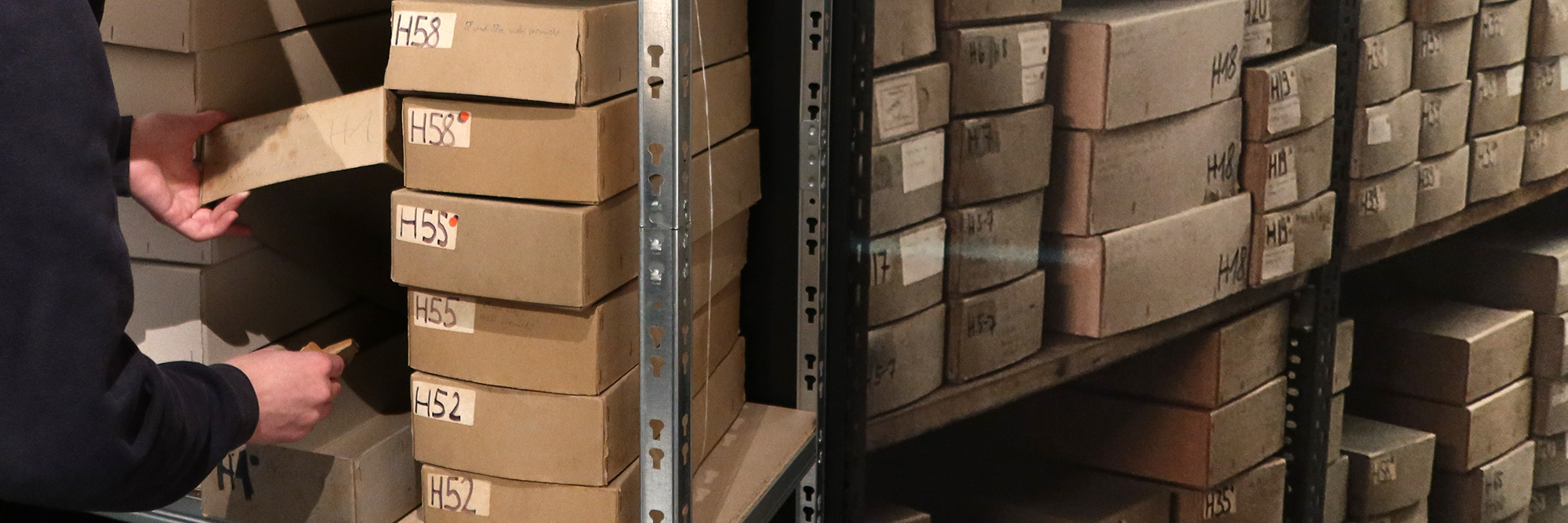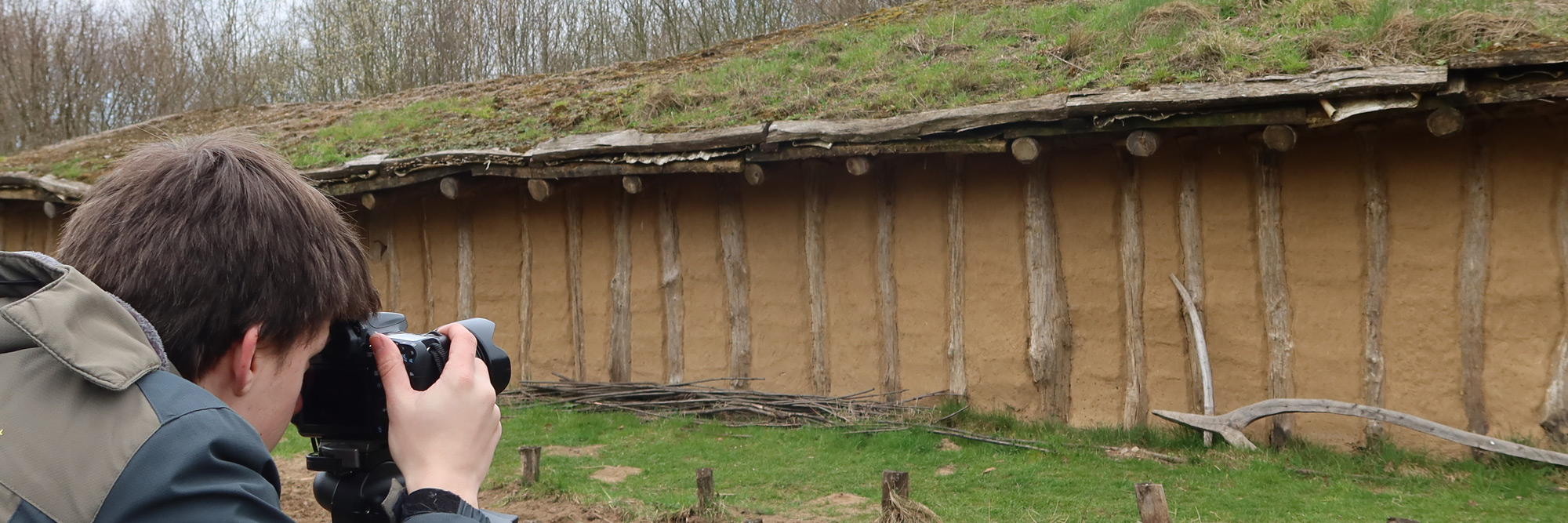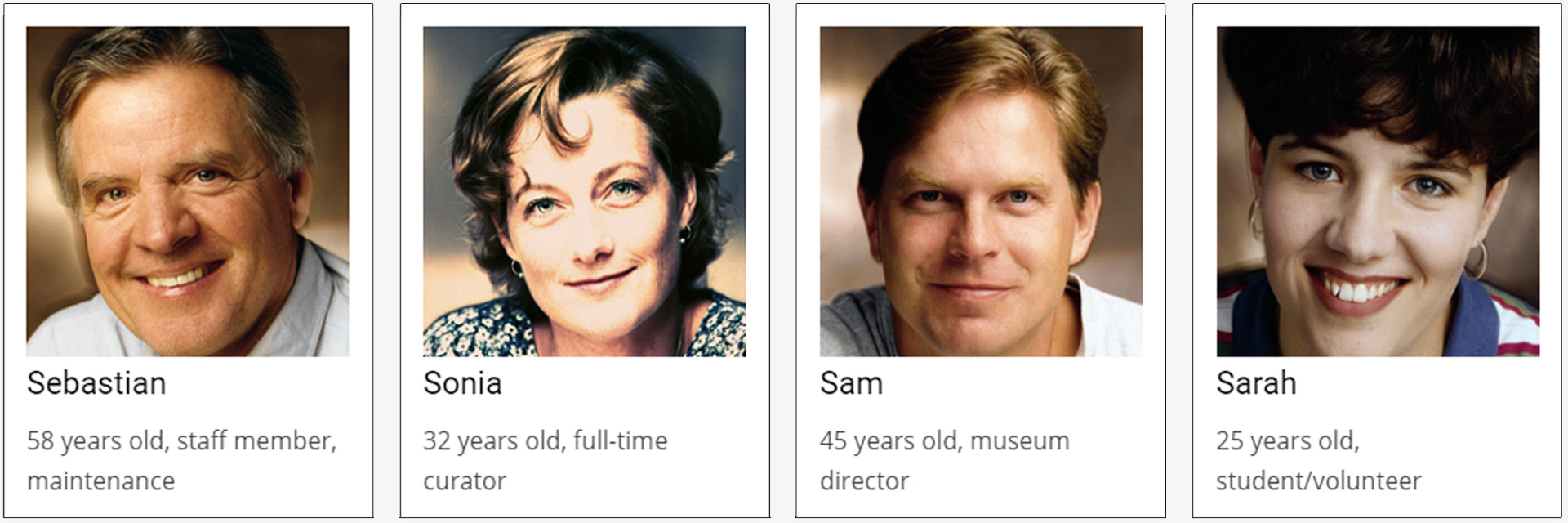Status Quo - How Digital are Open-Air Museums?
Open-air museums are vast repositories of cultural heritage data, most of which are currently located in physical archival records, photos, video, and – not least - in the minds of museum staff and volunteers.
There is a real risk that without a robust process for capturing and storing this data, it will be lost forever. How do open-air museums use digital media and tools?
In RETOLD, we started with three museums, good examples of the diversity in this branch of museums. Two of them are archaeological open-air museums and one is an ethnographic open-air museum. One is quite large, another reasonably small, a third one is part of a larger group of museums, all three with a different level of capacities, given the size of the institutions and number of staff.

Ethnographic open-air museums have a more coordinated approach to documentation workflows compared to their archaeological counterparts. They are after all dealing with “originals”. As with any other museum object, great care is taken to record as much detail as possible: Original position of translocated houses, history of translocated houses, transport of translocated houses to the museum site, and state of repair and deterioration.
There may be value for archaeological open-air museums to adopt some of the documentation approaches from ethnographic museums.
The three museums document things from administrative papers to specific activities related to the artifacts, constructions / reconstructions, crafts, and experiments. The strategy for heritage digitisation with them consists mostly of digitising the collections. Digitising the objects is done to create an internal database, by making photos and compiling a file for each object, but also to communicate with the public. It is done in different proportions according to staff availability.

Some museums have only just started their work with digital services, mostly with the audience in mind, and less focus on archiving and management. Use of digital technology is more frequent in the open-air museums as far as internal communication is concerned, like communication with the public and the administrative office. Exclusively digital documentation is very unusual, most of them work traditionally, sometimes with a digital component, like for example photos. However, museums are starting to use technology to a wider extent in the documentation field, crossing the line of just the classical photo and video documentation. They do this in order to create an internal database, by making photos and compiling a file for each object, but also to communicate with the public. Digitisation enables easier access to cultural heritage documentation through the multitude of equipment and digital instruments used.
With Steinzeitpark Dithmarschen, Germany, we can describe a typical context for smaller open-air museums who focus on visitors’ outdoor experience of reconstructed buildings, the landscape, workshops and craft demonstrations.
The museums day-to-day use of digital technology encompasses:
- Digital archives
- Digitisation of hard-copy documentation
- Storing digital files on a local hard drive
- Social media
- A web presence

Documenting strategies in museums are more like internal procedures. Museums document things from administrative papers to specific activities related to the artifacts, constructions/reconstructions, crafts, and experiments. Most museums that digitise their documentation are working through an archival backlog of existing hard copies and historical documentation. It usually is senior staff who mainly use the infrastructure and plan for its development. Often a single person in the organisation is responsible for use of digital methods due to familiarity with computer use. Sometimes, multiple staff “do a bit of documenting” when they have time.
The documentation needs of open-air museums are not always accommodated well by existing archiving solutions, leading to highly custom-fit approaches. Museum data management platforms suffer from overly complex or obscure user interfaces, creating a learnability barrier. Conversion from hard copy records and drawings to a digital format is time consuming and tedious. Even straightforward data entry is a slow process as the data needs to be in a clean or rigid format. Support for digitisation is often not strong enough to help museums build a sustainable digital infrastructure. Instead, funding is often allocated on a per-project basis.
Since the pandemic in 2020 the organisation (Steinzeitpark Dithmarschen in Albersdorf) has also relied more on video meetings and email, although some volunteers and staff have not adapted well to the remote work setting.
Some of the obstacles to digitalisation mentioned by the Steinzeitpark as a relatively small open-air museum were:
- A perceived lack of expertise;
- A lack of time and resources for lifelong learning and equipment;
- A lack of capacity to update their content with the new technological resources used mostly by the younger public
- The resistance to adoption of digital solutions;
- The risk of losing data;
- The reliance on volunteers and short-term staff to maintain physical and digital infrastructures (the necessity of continuously allocating time for these activities).

Throughout 2021, we conducted surveys with self-selected participants from the EXARC network to gain an overview of current approaches to documentation and digitalisation in open air museums, and an insight into potential obstacles to digital tool adoption. In parallel, we analysed data entry and archiving systems currently in use by cultural organisations and museums in Europe and identified friction points in their use and adoption. Structured interviews with museums who have an experimental archaeology approach in their organisation and of using a digital archiving system helped us understand their challenges with data collection and management. From this data, we created user personas and primary product objectives, allowing us to progress into the “Ideate” and “Prototype” phases of the process in early 2022.
Once we knew the general understanding of digitisation in open-air museums
as well as the difficulties they face, we moved to the next step.
Read about the process of creating documentation.
This is a summary of:
Cordula Hansen, Rüdiger Kelm, 2022. RETOLD: On the Way for a Digital Future of Documentation in Open-air Museums – User Requirements for Data Entry and a Management Product for the RETOLD-Project, EXARC Journal Issue 2022/3, https://exarc.net/ark:/88735/10655
George Tomegea, 2023. RETOLD: A SWOT Analysis, EXARC Journal Issue 2023/3, https://exarc.net/ark:/88735/10698

